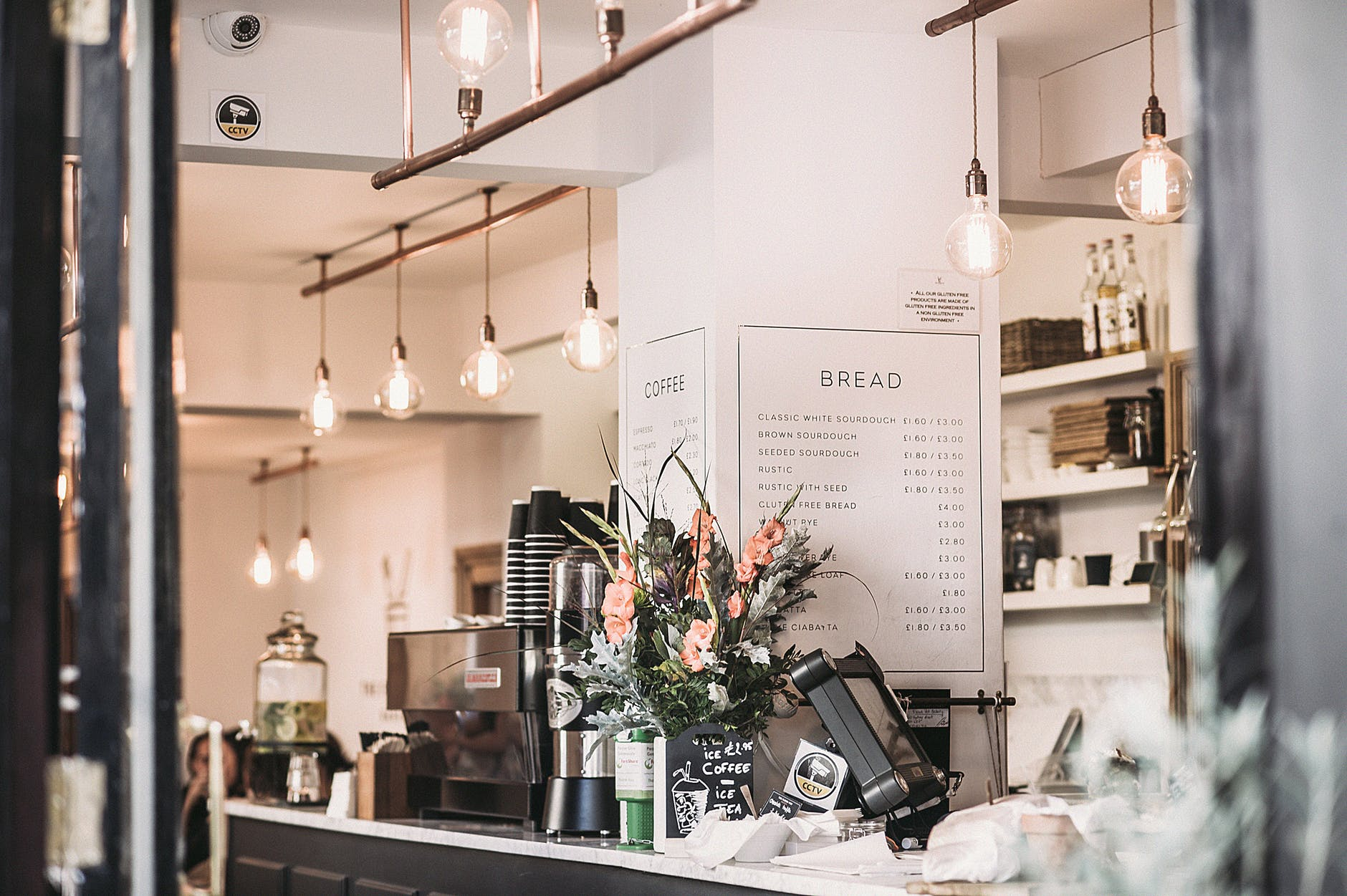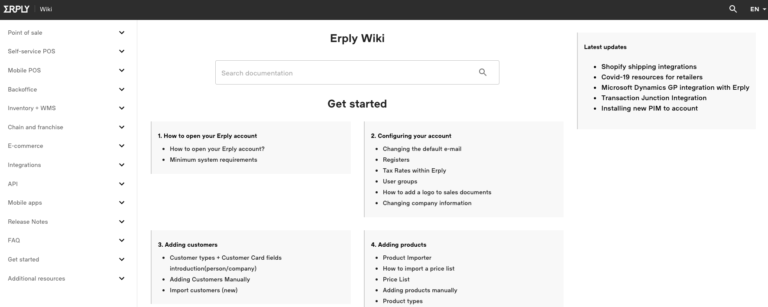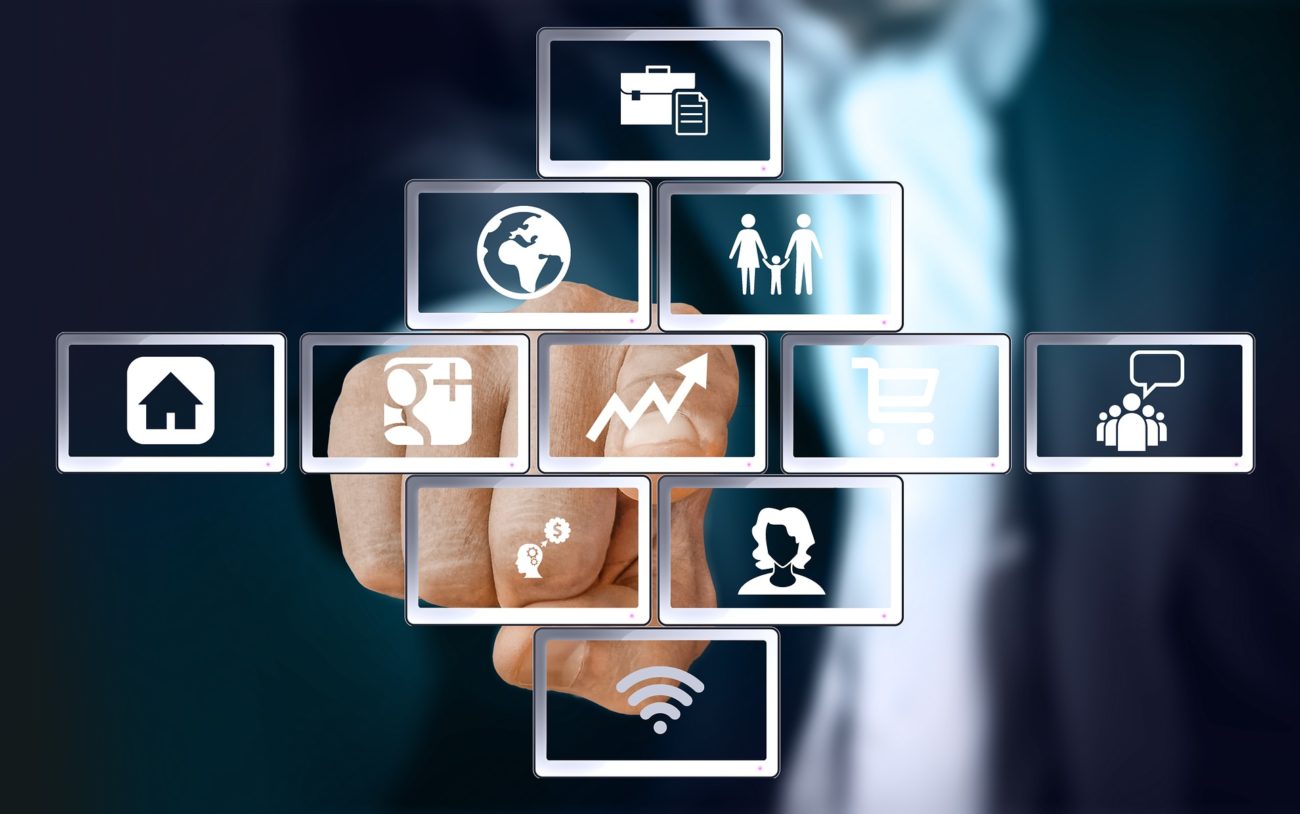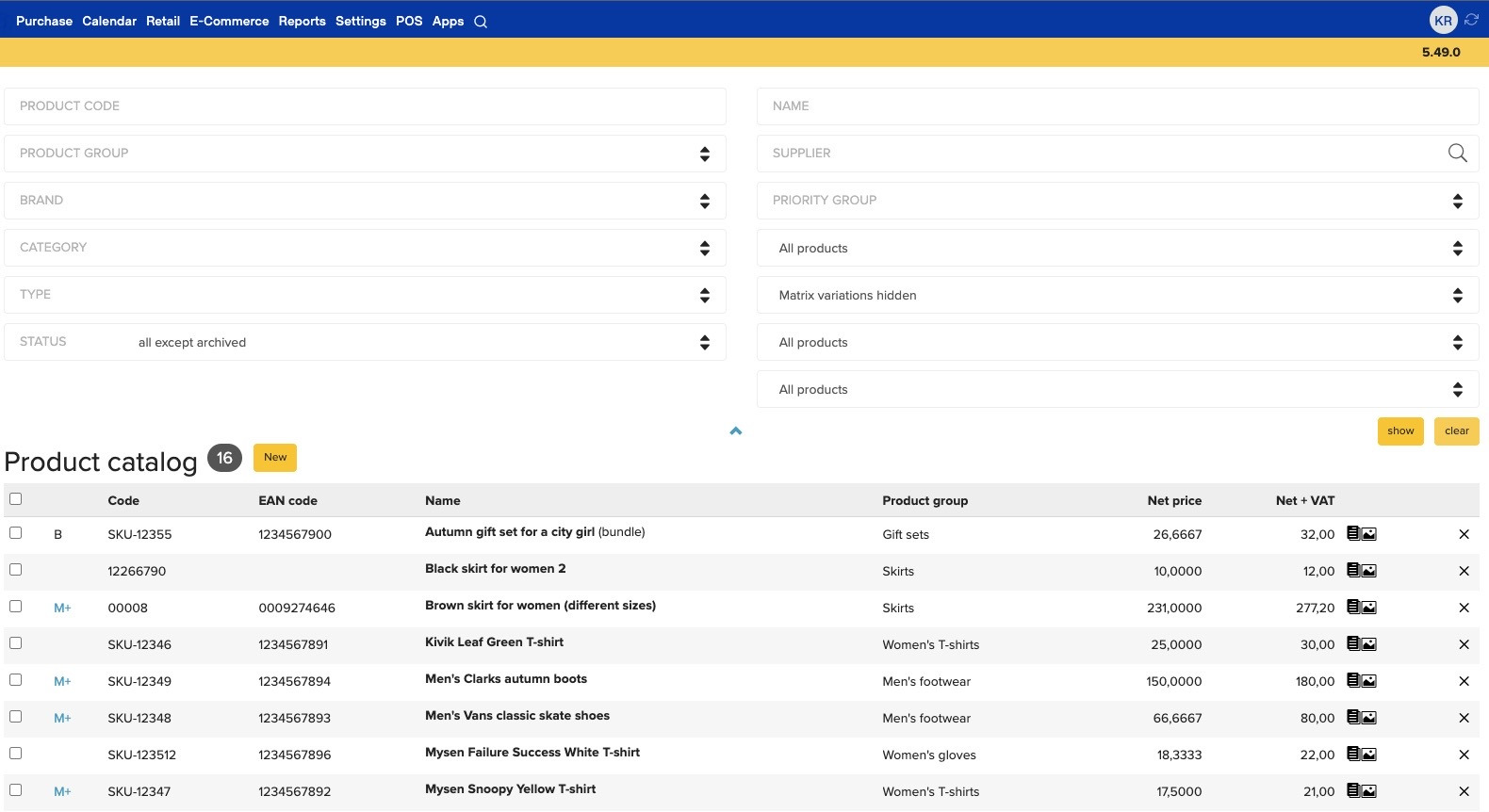After several years of retail profits falling nearly every quarter, 2017 was a big relief for many. A big push in the retail world to finally embrace the things that have made Amazon such a success, resulted in a much better year for millions of business owners. Predictions for 2018 are strong – but those predictions only reflect growth for those businesses that continue to embrace change. Here’s how the change will help make 2018 another great year for your bottom line.
Two Important Statistics
These two predictions for the 2018 retail year show that business owners stand a very good chance of seeing a record year if they are willing to keep adapting:
- The National Retail Federation expects that retail sales will grow by about 4.6% this year. In 2017, retail sales grew by 4.2%.
- However, the NRF also predicts that online and non-store sales will see a boost of up to 12% in 2018. “Non-store” sales cover things such as restaurant deliveries through third-party services such as Uber Eats.
The key takeaway from these two statistics? The fact that retailers won’t see the huge surge unless they adapt to the growing demand for online and non-store sales options. The retail landscape is increasingly moving away from the brick-and-mortar model as consumers are growing used to speedy and convenient checkout, shipping, and pickup options.
But the shift towards online shopping is something companies have known about since the early 2010s, and it isn’t the only change that businesses can make this year to see more revenue.
Omnichannel Retailing Can’t Be Ignored
One of the essential ways that businesses need to adapt in 2018 is to use omnichannel retailing. This means streamlining the customer experience between online, mobile, and in-person shopping options for your customers. Everything from your social media marketing to your email campaigns to your print advertising should be connected in a way that leads the customer through the sales funnel. In other words, you need to create a single ecosystem for your brand through your many channels.
Today, it’s far more likely that a customer may come into a store, look up the product to read reviews online before purchasing, and then check their email for a coupon from a recent newsletter from your company, before finally making it to the register. This is just one example of how a customer may use multiple brand channels in just minutes to make a purchase.
This is one area that ERPLY can help retail businesses. The software automatically tracks sales and inventory across multiple channels – including your e-commerce store. You can track which channels are performing better, and keep inventory up to date as customers move through the many channels available.
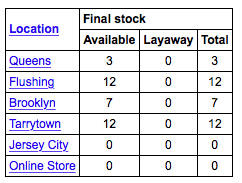
Erply provides quick visibility into performance and inventory levels across your entire retail chain. Make sure your locations have the right products and sizes, and quickly transfer goods when you need to.
The Store Must Become an Experience
One way that retailers have embraced change in recent years is re-imagining what in-person shopping can be. With the convenience of online shopping making it easier to fit errands into busy schedules, why would consumers bother going into stores these days? By turning the physical store into a special experience, something that goes beyond a basic errand, retailers have been able to offer customers a reason to keep showing up.
Here are some of the ways that this idea has been implemented:
- Putting out products that can be sampled, touched, or interacted with. Two successful stores that show how this works are Apple and Sephora. Both cater to a different niche of the retail industry, and both keep customers coming into brick-and-mortar locations by putting out products that can be sampled, touched, and tried out in-store.
- Gallery-style product display is replacing the standard racks of product in many high-end retail stores, due to the way it adds luxury to the location’s ambiance. This type of display also allows you more room for things such as at-the-shelf reviews and ratings, or even interactive screens where customers can scroll through comparisons with other products. This is an easy place to incorporate omnichannel strategy, such as including social media posts regarding the product on the interactive screen.

If you want to compete with the ease of online shopping, you have to give serious consideration to how you display your merchandise.
Rethink Your Inventory Management
Finally, one reason that companies like Amazon have done so well is that they have revolutionized how they handle their inventory. Retailers that rely on traditional inventory management styles are quickly realizing that they can’t keep up with the demands of the modern consumer.
Consider the model of Zara, a clothing retailer that orders product in quick, frequent batches. Not only do customers get a sense of items is limited, which drives sales, but it also allows Zara to quickly respond to items that are extremely popular, and to retire items that don’t sell well. There’s no time or shelf space wasted on poor sellers, and the small batches ensure that the company doesn’t lose money on these items.
Stores are also learning that being able to quickly move product for in-store pickup, or speedy deliveries, is vital for keeping consumers happy. A reliable inventory management system is a must-have tool for business owners today, to ensure that product is always where you believe it to be, and in the quantity that is reported in the system. Simply by having an up-to-the-second understanding of where your inventory is through a system like ERPLY, and how much inventory you have at any given moment, you can be ready for 2018.

Use Erply’s Stock Replenishment Report and quickly generate purchase orders for low inventory items.
Adapt and Thrive in 2018
The key to thriving in this new retail landscape is adapting to the way that consumers shop. Offering them multiple channels that all meld together seamlessly, ensuring that in-store shopping is more of an experience, and using your inventory management system as an essential customer service tool, can help you reimagine your business for the new shopping demands of 2018.
There are many other ways that you can meet these demands, such as diving into the world of geo-marketing, or hyper-personalizing your marketing and customer service efforts. Start by focusing on getting the product to the consumer faster, through more convenient means, and by appealing to them through sensory experience – then take a closer look at how you can use modern marketing to go even further this year.
Sign Up

